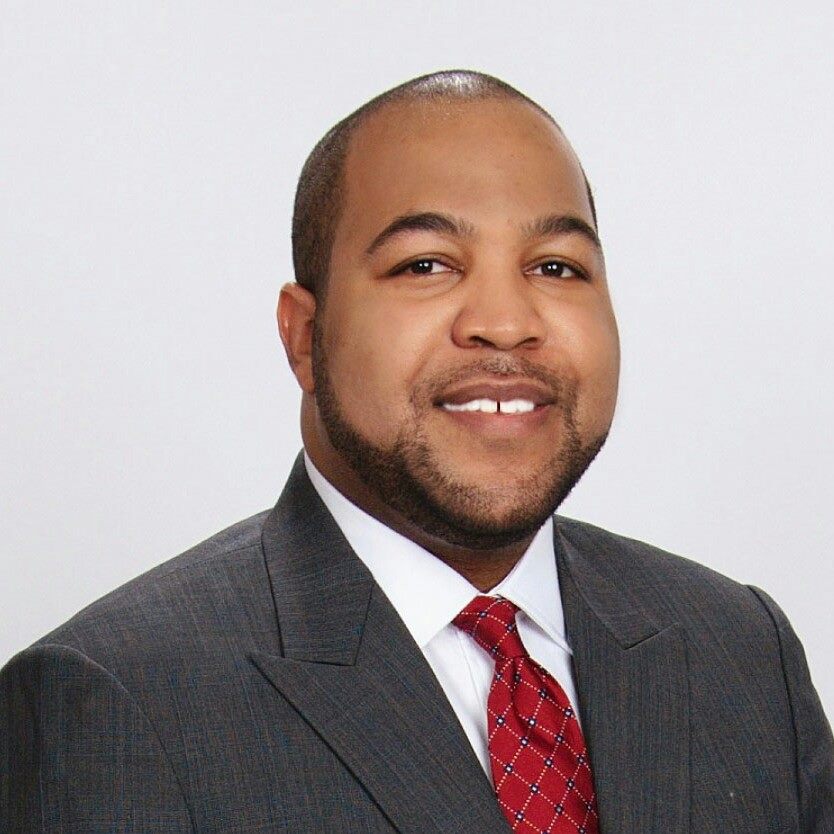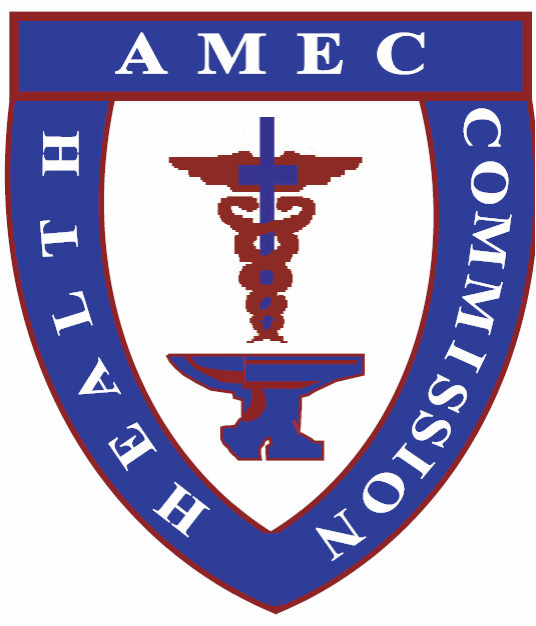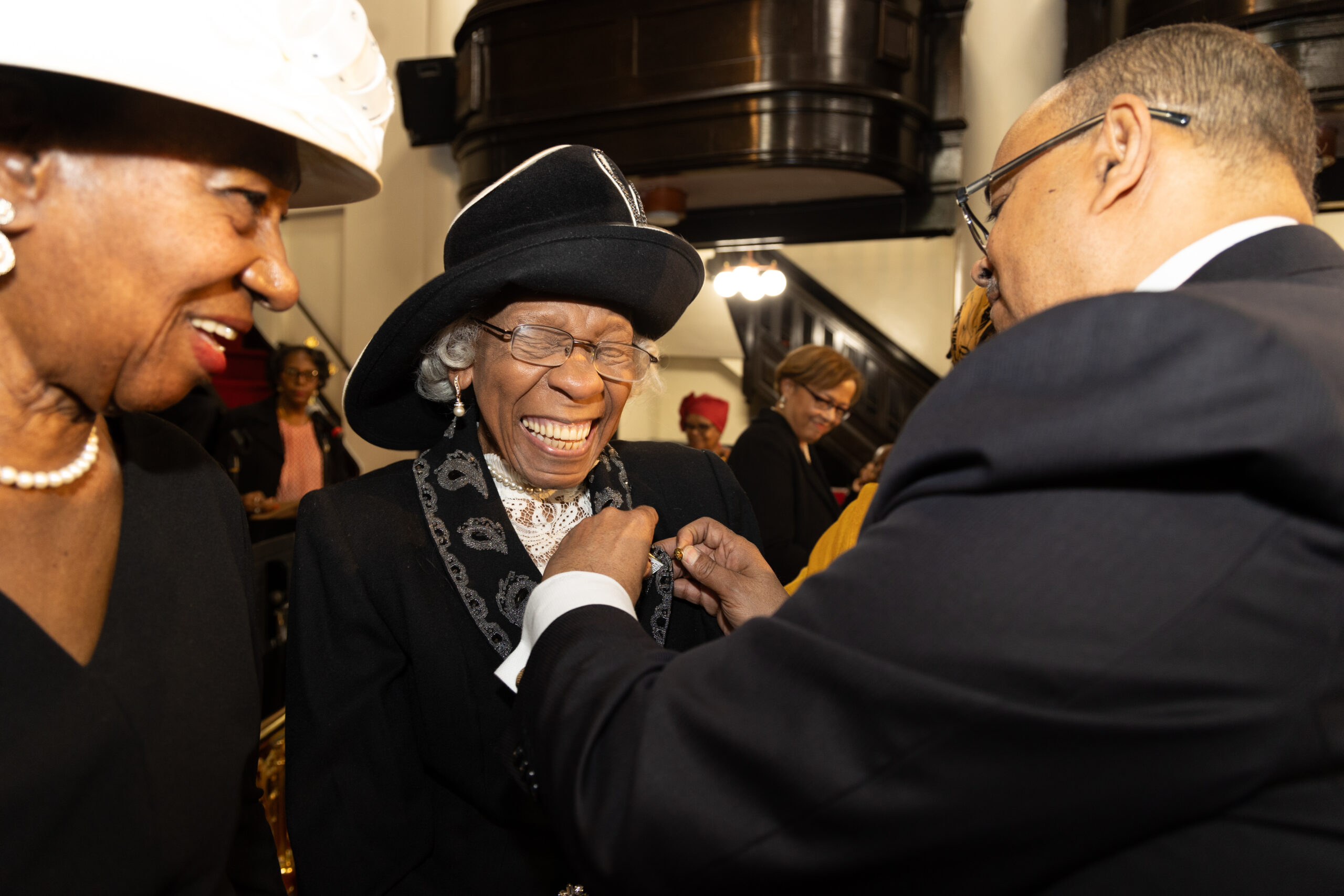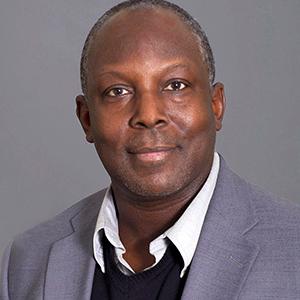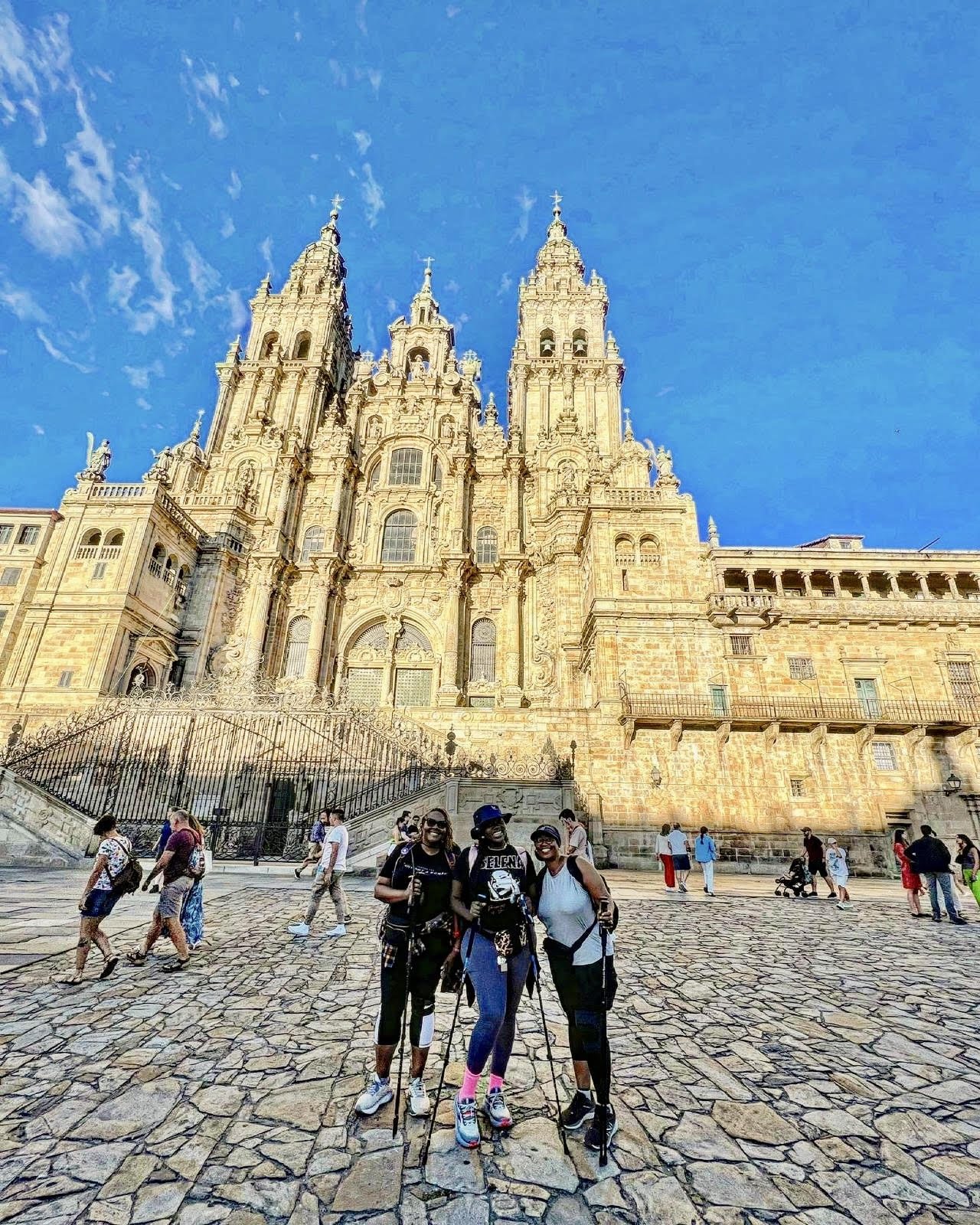The Speck and the Log: Liberating the AME Church
By John Thomas, III, Editor
The murder of George Floyd not only prompted global outrage but also shone a light on the historical struggles of African Americans in the United States and more broadly global anti-Blackness. Seeing the life choked out of an unarmed man by a policeman was the match that sparked a massive outpouring of civil disobedience and protests at the treatment of Black people.
The Black Lives Matter (BLM) movement never went away. Demands for police reform had never stopped. After May 25, 2020, however, new energy swept into these calls for justice, change, and true liberation for African Americans.
At this moment, the Black Church is faced with unique opportunities and challenges. Historically, it has been at the forefront of advocating for the liberation of the Black community rooted in our understanding of the Christian Bible and Gospel according to Jesus Christ. Yet, there are internal struggles that mar the clarion calls for “justice to roll down like waters.” We must remember when Jesus asks the question: “Why do you see the speck in your neighbor’s eye, but do not notice the log in your own eye?” Matthew 7:3
In “A Theological Statement From the Black Church on Juneteenth,” over 400 Black faith leaders—including members of the AME Church—signed a public statement calling for the Black Church to take account of itself during this historical moment. They asserted, “In accordance with the spirit of the times, we, the undersigned Black pastors and Black theologians, representing over 400 Black churches in the United States of America, one for every year of our righteous discontent, finally and most passionately contend alongside our secular sisters and brothers in the struggle, that Black Lives Matter (Jn. 10:10). It is no secret that the Black Church has been imperfect in its approximation of this moral claim. Self-reflexively, Black Church commitments to the patriarchy, misogyny, homophobia, transphobia, queerphobia, class fragmentation and Christian triumphalism indicate moral failure and a stronghold of anti-Blackness in our own communities that compels us to despise ourselves and our mirror image in the world.”
In this moment where the fight for Black liberation is at the forefront of the national and global conscience, what about liberation within the AME Church? The Church of Allen was birthed to protest the sin of racism but that act does not absolve us from the need to reckon with our internal faults. For our prophetic voice to cry out clearly, we must address our issues with LGBTQ acceptance and patriarchy.
Over the last 16 years, concerns regarding the open acceptance of the LGBTQ community in the AME Church have become increasingly prevalent. To be clear, the existence of LGBTQ members who participate in all levels of the life of the AME Church and enrich our ministry through their tangible and spiritual gifts is a fact. At the core of our culture, however, is the belief that the only relationships to be publicly celebrated are heterosexual. When it comes to our LGBTQ members, “don’t ask, don’t tell” is the norm. The harmful duality of embracing all the talents of an LGBTQ member yet not allowing them to openly acknowledge their sexuality is a situation that increasingly harms the public witness of the AME Church.
As articulated by its founders, the BLM movement is a specific space that values all Black people and repudiates discrimination against sexuality. They announce, “We are guided by the fact that all Black lives matter, regardless of actual or perceived sexual identity, gender identity, gender expression, economic status, ability, disability, religious beliefs or disbeliefs, immigration status, or location…We foster a queer‐affirming network. When we gather, we do so with the intention of freeing ourselves from the tight grip of heteronormative thinking, or rather, the belief that all in the world are heterosexual (unless s/he or they disclose otherwise).”
The specific acceptance and embrace of the Black LGBTQ community by the BLM movement were lost upon many of the Black clergy who, in 2014, proudly used the slogan after the riots in Ferguson without fully acknowledging its inclusive framework. In turn, the BLM founders publicly repudiated Black clergy (mostly men) and their failure to acknowledge and embrace all Black lives. In defense against open acceptance of LGBTQ members, persons have argued that the Church must not be in the world. Those same sentiments echo arguments that supported slavery and discrimination against women. The AME Church must reconcile our practice and policy regarding the acceptance of LGBTQ members.
It is also no secret that most of the active parishioners in Black Churches are women while most active pastors are men. Anecdotally, more women than men are being ordained throughout the connectional church. This is contrasted with statistics provided by the AME Women in Ministry that clergy leadership roles from annual conference committees, delegates to General Conference, and presiding elders, are largely occupied by men.
Several high-profile appointments of female pastors to leading churches have been made during this quadrennium, e.g., the Rev. Cindy Carr Rudolph to Oak Grove AME Church in Detroit, the Rev. Dr. Karen Anderson to First AME Church in Las Vegas, the Rev. Dr. Susan Buckson Green to Allen Temple AME Church in Atlanta, and the Rev. Lisa Hammonds to St. John AME Church in Nashville. Several new female presiding elders have been named including the Rev. Carlene Sobers to the Barbados District, the Rev. Dr. Toni Belin Ingram to the August North District, and the Rev. Stacey L. Smith to the St. Paul/Minneapolis and Canadian Districts. Additionally, the Rev. Michelle Goodloe serves as the president of the Connectional Presiding Elders’ Council.
Nevertheless, there is still a gulf in the pastoral and leadership opportunities afforded to women and men. Multiple studies show that it takes women who pastor longer to achieve the same comparative status as their male counterparts. Looking at the Episcopacy, of the 138 bishops elected in the AME Church, four have been women and the current bench of 19 active bishops has two female prelates, with one retiring at the 2021 General Conference, and the other retiring at the 2024 General Conference. We have had only three female general officers, two of which were laywomen and the current one is clergy, the first in the history of the denomination.
While the AME Church has advanced beyond its peers in the Black Church in terms of embracing the role of women in the ordained ministry, much work remains to achieve equity and equality for the women clergy in the leadership of our denomination. Even as we advocate for liberation for Black people, we must liberate the AME Church so it can be a place where all persons called to serve God can be viewed and appreciated for their talents irrespective of their gender.
LGBTQ acceptance and patriarchy are two of the issues that the AME Church must confront for us to be the Church that God called us to be and the church which our founders dreamed. The fact that these issues are openly acknowledged gives hope that we can have honest and meaningful discussions in a spirit of Christ-like love. We cannot fall into rote positions based upon proof-texting and culture but must seek to find understanding and resolution. Jesus came to liberate the captives and proclaim the Gospel. We must seek to liberate the AME Church from man-made sins that cloud our sight.

